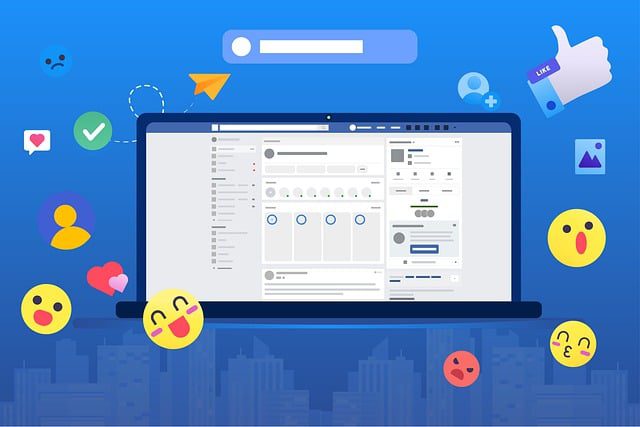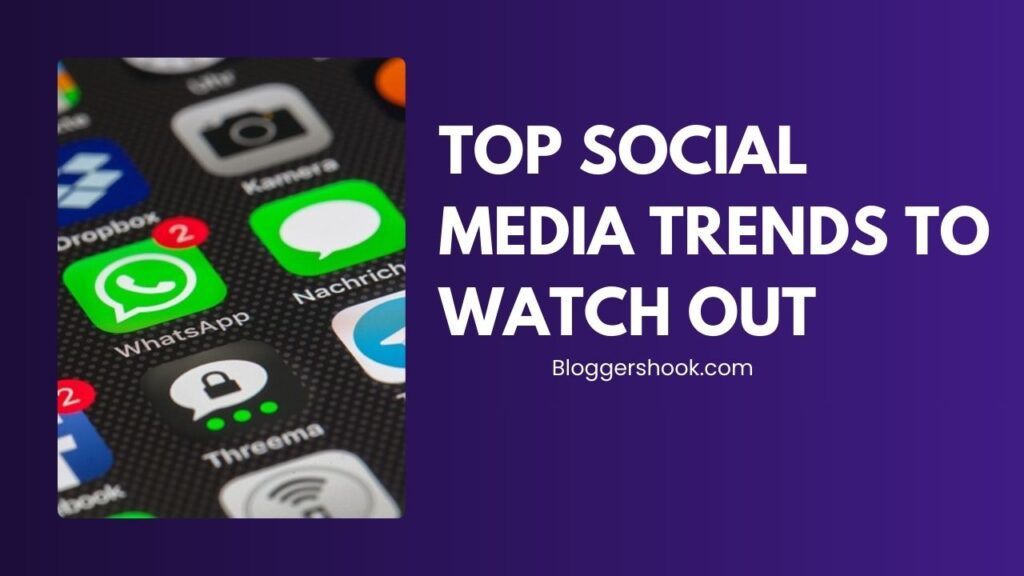Social media advertising is a powerful tool for businesses to increase brand awareness, generate leads, and drive sales. However, many small businesses and startups struggle with limited budgets, making it challenging to compete with larger companies that have substantial advertising resources. The good news is that you don’t need a massive budget to run effective social media ads. By implementing strategic planning, targeting the right audience, optimizing ad creatives, and leveraging platform tools, you can achieve significant results without overspending.
This article will guide you through the steps to create high-performing social media ads on a budget. We will cover essential topics such as choosing the right platform, setting clear objectives, audience targeting, ad creation, budget allocation, and performance tracking.

1. Choose the Right Social Media Platform
Not all social media platforms are created equal when it comes to advertising. Choosing the right platform depends on your business goals, target audience, and the type of content you plan to promote.
- Facebook & Instagram – Best for businesses that rely on visual content, such as fashion, beauty, food, and lifestyle brands. Facebook is ideal for detailed targeting, while Instagram works well for engagement-driven campaigns.
- Twitter (X) – Effective for real-time engagement, trending topics, and driving website traffic.
- LinkedIn – Ideal for B2B advertising, professional networking, and lead generation.
- Pinterest – Works well for businesses in fashion, home decor, and DIY niches.
- TikTok – Best for businesses targeting younger audiences with short, engaging video content.
💡 Tip: Start with one or two platforms where your audience is most active and scale as you see results.
2. Set Clear Advertising Goals
Before launching an ad campaign, define your objectives. Social media platforms offer different campaign objectives, including:
- Brand Awareness – Increase visibility and recognition.
- Engagement – Drive likes, shares, and comments.
- Traffic – Direct users to a website, landing page, or online store.
- Lead Generation – Capture emails and contact details for follow-ups.
- Conversions – Encourage purchases, sign-ups, or downloads.
Having a clear goal helps you choose the right ad format and measure performance effectively.
3. Target the Right Audience
One of the biggest advantages of social media advertising is its advanced targeting capabilities. To maximize your budget, ensure that you’re reaching the right people.
Use Audience Targeting Features
- Demographics: Age, gender, location, language, income level, education.
- Interests & Behaviors: Purchase history, hobbies, job titles, industry.
- Custom Audiences: Target existing customers by uploading email lists or website visitors.
- Lookalike Audiences: Expand reach by targeting people similar to your existing customers.
💡 Tip: Avoid broad audiences. The more specific you are, the better your ad performance will be.
4. Optimize Your Ad Creatives
The quality of your ad creatives plays a crucial role in capturing attention and driving engagement. Since you are working on a budget, your content needs to be compelling.
Elements of a High-Performing Ad:
- Eye-Catching Visuals: Use high-quality images, videos, or graphics that stand out in a crowded feed.
- Concise & Engaging Copy: Keep text short and direct, focusing on the value proposition.
- Strong Call-to-Action (CTA): Guide users on what action to take (e.g., “Shop Now,” “Sign Up,” “Learn More”).
- A/B Testing: Test different ad variations to determine what works best.
💡 Tip: Free design tools like Canva or Adobe Express can help create professional-looking visuals without the need for a graphic designer.

5. Allocate Your Budget Wisely
Even with a limited budget, you can make the most out of your ad spend by following these strategies:
Start Small & Scale Up
Begin with a small budget (e.g., $5–$10 per day) and analyze performance before increasing spending. Gradually scale ads that perform well.
Use Cost-Effective Bidding Strategies
- CPC (Cost-Per-Click) – Best for driving website traffic.
- CPM (Cost-Per-Thousand Impressions) – Effective for brand awareness.
- CPA (Cost-Per-Acquisition) – Works well for lead generation or sales.
Retargeting Ads for Maximum ROI
Retarget website visitors, cart abandoners, and engaged users to increase conversion rates without spending extra on acquiring new leads.
💡 Tip: Schedule ads during peak times when your audience is most active to get the best value for your budget.
6. Leverage Organic and Paid Strategies Together
A strong organic presence can enhance paid ad performance. Here’s how to integrate both:
- Repurpose High-Performing Organic Posts: If a post performs well organically, boost it as an ad.
- Engage with Your Audience: Respond to comments and messages to build relationships.
- Use User-Generated Content (UGC): Encourage customers to share content featuring your product or service.
- Run Contests & Giveaways: Increase engagement while promoting your brand.
💡 Tip: Consistent organic activity signals trust and credibility, making paid ads more effective.
7. Monitor & Optimize Your Ads
To ensure cost-efficiency, track and analyze your ads regularly.
Key Metrics to Monitor:
- Click-Through Rate (CTR): Measures how often users click on your ad.
- Conversion Rate: Tracks how many users take the desired action.
- Cost-Per-Click (CPC): Determines how much you pay per click.
- Return on Ad Spend (ROAS): Measures the revenue generated from ads.
Use platform insights (Facebook Ads Manager, Google Analytics, etc.) to identify what’s working and adjust underperforming ads.
💡 Tip: If an ad isn’t performing well, tweak one element at a time (e.g., headline, image, audience).
8. Use Free and Low-Cost Tools
Several tools can help maximize your ad performance without additional expenses:
- Canva – Design professional graphics and videos.
- Meta (Facebook) Ads Library – Research competitor ads for inspiration.
- Google Trends – Identify trending topics to create relevant content.
- Facebook Pixel & Google Tag Manager – Track ad performance and conversions.
- Ubersuggest & AnswerThePublic – Find keywords and content ideas.
💡 Tip: Experiment with free tools before investing in paid ones.
9. Stay Updated with Social Media Trends
Social media platforms constantly evolve, introducing new features and algorithms. Staying updated can help you make informed ad decisions.
- Follow Social Media Blogs & Experts – Learn from platforms like Social Media Examiner and HubSpot.
- Join Online Communities – Participate in Facebook groups and Reddit forums on digital marketing.
- Experiment with New Formats – Try Instagram Reels, TikTok videos, or Facebook Stories for engagement.
💡 Tip: What worked last year might not work today, so always test and adapt your strategies.
Conclusion
Running high-performing social media ads on a budget is possible with strategic planning and optimization. By selecting the right platform, targeting the right audience, crafting compelling creatives, and leveraging analytics, you can maximize results without breaking the bank.
Start small, test frequently, and refine your approach based on data. Over time, you’ll discover what works best for your brand, allowing you to scale your efforts effectively.
With these tactics in place, your budget-friendly social media ads can compete with larger brands and drive meaningful business growth. 🚀


